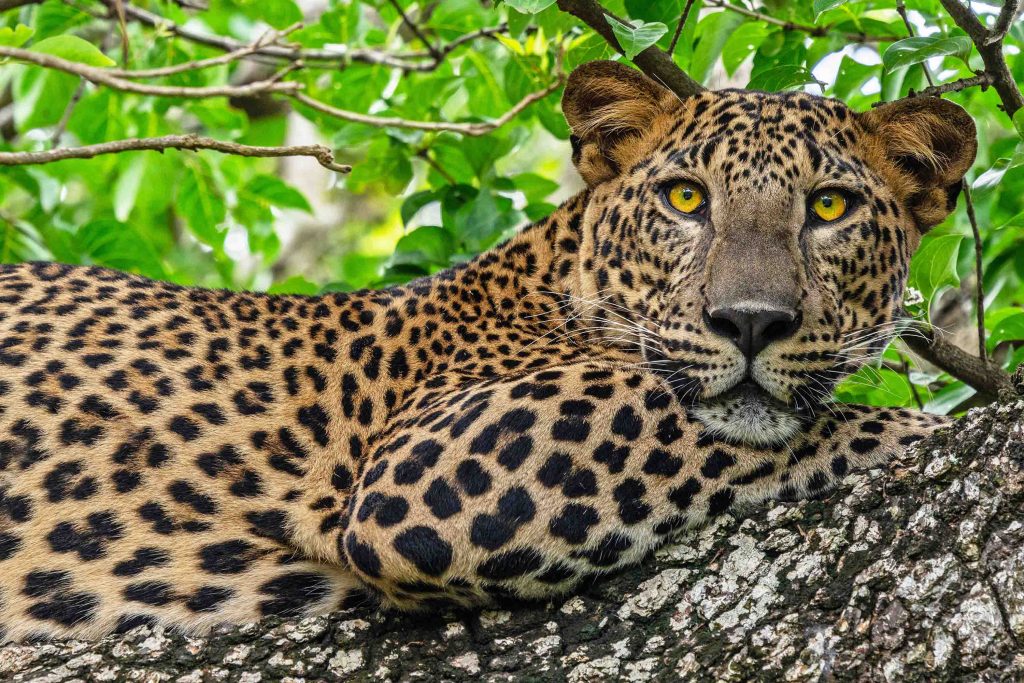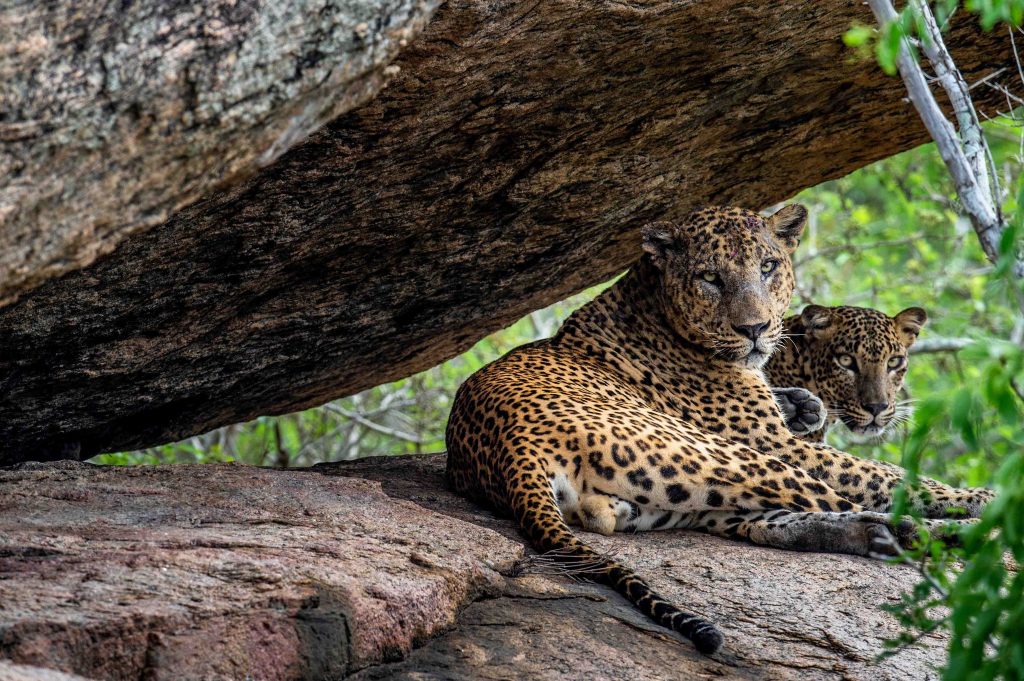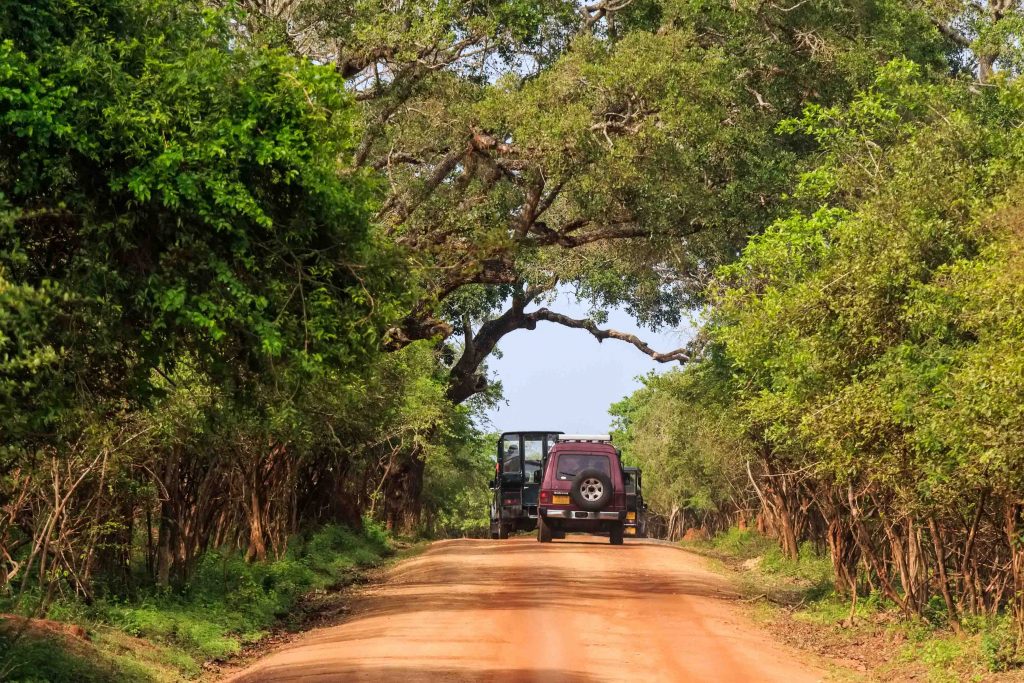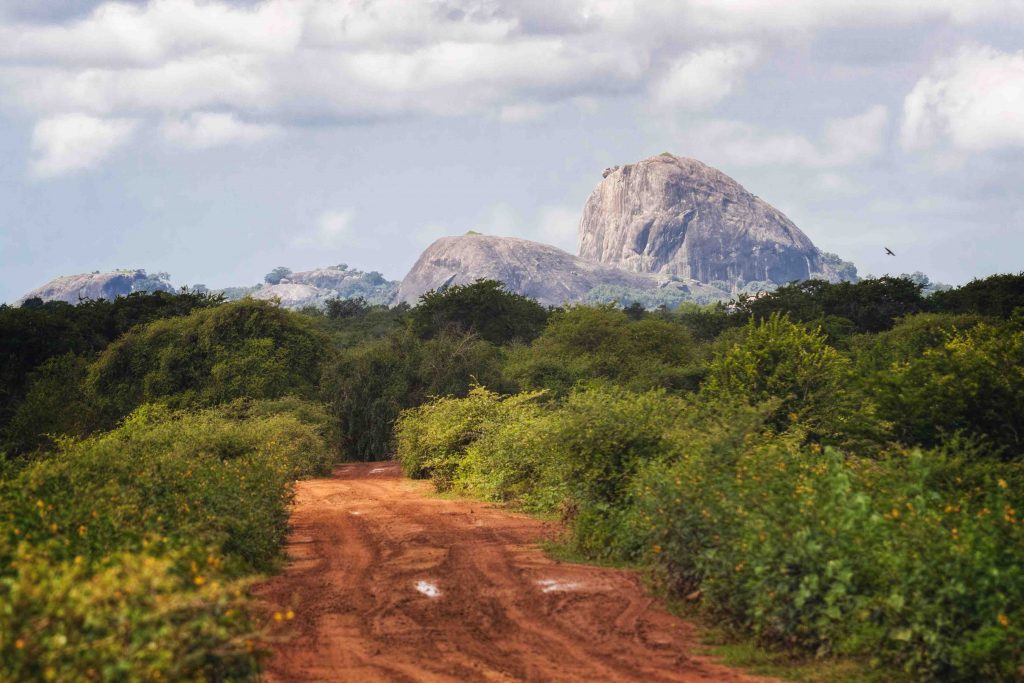
Sri Lanka’s leopards are different from their African cousins – they’re bolder, more muscular, and surprisingly at ease in daylight hours. But capturing them through your lens requires more than luck. Here’s your hour-by-hour guide to photographing these magnificent predators in Yala National Park.
The Night Before
Serious wildlife photography begins with preparation. Professional guides recommend arriving in Tissamaharama (known locally as Tissa) the day before your safari. This gateway town to Yala offers the closest quality accommodation to the park entrance. Use the evening to prepare your gear, charge batteries, and meet your tracker – the person who will become your eyes and ears in the park.
Dawn: 5:30 AM – 6:30 AM
The best leopard photos happen in the golden hour, when first light paints the landscape in warm hues. Leave your hotel by 5:00 AM to be among the first vehicles at the park gate. This early start gives you prime position at key locations. Leopards are often found on rocky outcrops at dawn, warming themselves after the cool night.
Morning: 6:30 AM – 9:30 AM
These hours offer your highest chances of capturing active leopards. They’re often returning from night hunts or moving to their favorite resting spots. Focus on Block 1’s rocky outcrops and the areas around Palatupana beach, where leopards frequently patrol their territories. The morning light is perfect for capturing their spotted coats against the park’s dusty landscape.
Mid-Morning: 9:30 AM – 11:00 AM
As the heat builds, leopards retreat to shaded areas. Look for them draped over thick branches of Para Mara trees or hidden in cave-like formations in the rock faces. This is when telephoto lenses prove their worth – the best shots often come from patient observation of these resting spots.

The Expert’s Secret Spots
Veteran wildlife photographers focus on specific locations:
- Palatupana beach road for early morning territory marking
- The rocky outcrops near Patanangala
- The ancient cisterns around Situlpahuwa
- The Para Mara forest patches in Block 1
- The dried river beds during drought season

Technical Tips for Wildlife Photographers
The unique conditions of Yala demand specific camera settings:
- Keep your shutter speed above 1/500 for sharp images from moving vehicles
- Use continuous focus tracking for moving subjects
- Consider the harsh tropical light – early morning offers the best conditions
- Pack protection for your gear from dust and sudden rain
- Bring a beanbag for camera support in the jeep
Beyond Leopards
While waiting for leopards, opportunities abound for other stunning wildlife shots:
- Painted storks in morning flight
- Crocodiles basking on river banks
- Wild elephants in dramatic dust baths
- Endemic birds in spectacular breeding plumage
- Sloth bears during fruit season

Seasonal Considerations
Different seasons offer varying photographic opportunities:
- July-September: Drought brings animals to water holes
- December-January: Migrant birds add color
- February-March: New grass growth creates perfect backgrounds
- April: Fruit season brings bears and increased leopard activity
Working with Your Guide
The key to successful leopard photography lies in building rapport with your tracker and guide. They understand leopard behavior and can:
- Position your vehicle for optimal lighting
- Predict movement patterns
- Identify individual leopards and their habits
- Navigate to the best locations at the right times
Essential Preparations
For serious photographers:
- Book a private jeep – essential for maneuverability
- Arrange longer safaris (full day if possible)
- Consider multiple days to increase your chances
- Book experienced guides through reputable companies
- Stay close to the park entrance
What to Bring
Beyond camera gear:
- Dark, neutral-colored clothing
- Hat and sunscreen
- Water and snacks
- Dust protection for gear
- Backup batteries and memory cards
Remember: Patience is your most valuable tool. Even experienced photographers might spend days waiting for the perfect shot. But when a leopard emerges from the brush in perfect morning light, or a mother plays with cubs near a waterhole, every hour of waiting becomes worth it.
The real secret to leopard photography in Yala isn’t just about being in the right place at the right time – it’s about understanding these magnificent cats and respecting their space. The best photos come when you learn to read the park’s rhythms and let the leopards reveal themselves in their own time.
Please drop us a note at: info@pearl-of-the-indian-ocean.com


